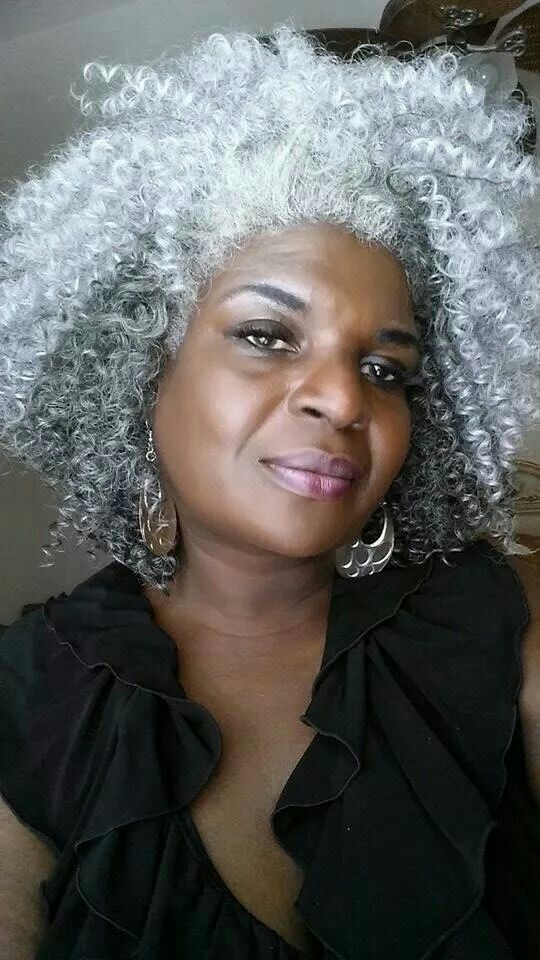
What Does a Gray Divorce Mean for You?
On the subject of gray divorce, it seems that there’s an elephant in the room.
The divorce rate is slowing for millennials and younger age groups largely because people are waiting longer to marry or not marrying at all. Fewer marriages mean fewer divorces, and the fact that both men and women now have jobs or careers outside the home contributes to this.
But for the 50-plus age group, divorce is “skyrocketing”. In 1990, divorce ended the marriages of one in ten couples age 50 or more. In 2013, that number had increased to one in four, and it doesn’t seem to be slowing.
It used to be that men were far more likely to have a life outside of their marriage. In fact, they had meaningful access to these other facets of personhood, a source of self-esteem, and venue for accomplishment. (By meaningful I’m referring to careers vs. jobs). Now, women also have the advantage of a professional context, a place where they have value beyond being a wife and mother. They, too, have a “work family,” and yes, they too could be on the hook for paying alimony. That is, if they are making more money than their spouse.
The True Costs of “Gray Divorce”
Most of the articles on “gray divorce”—the dissolution of marriages between people in their 50s or older (the Silent Generation, the Baby Boomers, and now Gen Xers)—talk about the negative financial impact that divorce has on this age group. Or that women are still likelier to initiate divorce, even given the negative financial impact.
There’s a lot of that, to be sure. It isn’t just the expense of divorce, which averages at about $11,000 for divorces with a lawyer involved. And it isn’t just the loss of retirement funds and savings accounts at a time when there are far fewer remaining years to regenerate that nest egg. It isn’t just that women more often bear the social, emotional, and financial burden of raising children after a divorce. And it isn’t the fact that the women of the “Betty Crocker Generation” were far more likely to be funneled en masse into stay-at-home mom (STAHM) roles to find their worth in home-making and child-rearing and basing their financial security in their ability to be with the right man.
In her 1993 University of Chicago Law Review article, Cynthia Starnes writes:
“Seriously at risk are the heroines of the Betty Crocker culture, women who have already devoted their most career-productive years to homemaking and who, if forced into the labor market after divorce, suddenly will be viewed as modern dinosaurs” (70).
Social Costs of Gray Divorce
But here’s the catch: financial assets aren’t the only assets that disappear with the end of a long-term marriage. There are physical assets as well. Physical attractiveness is the other currency involved in gray divorce that can cause women a disproportionate amount of depression, grief, and self-image issues.
We have come a long way, baby, it’s true. However, society still ties women’s currency to our physical attractiveness. Not to mention, global attention spans are even more camera-absorbed, image-driven, and youth-obsessed than ever. This is especially the case now that so many of our interactions are occurring over Zoom in order to comply with COVID restrictions.
The research puts it as plainly as a nose on a face. In 2017, the Pew Research Center published a study that focused on what qualities we value in men and women. While honesty, morality, and professional success are what we expect of men, the top qualities for women are physical attractiveness and being nurturing and empathetic. According to the article, large majorities say men face a lot of pressure to support their family financially (76%) and to be successful in their job or career (68%). At the same time, seven-in-ten or more say women face a lot of pressure to be an involved parent (77%) and be physically attractive (71%).
Society’s Unrealistic Beauty Standards
Girls and women feel enormous pressure to be attractive and stay that way regardless of the passage of time. Moreover, our culture of homogenized beauty standards is only just beginning to recognize women of varying sizes, skin colors, and ages as worthy of being called beautiful. It is still far too easy for us and our male counterparts to see the assets of our youth as diminished by gray hair and crows’ feet or to not see them at all.
If you are thinking about or beginning the divorce process, you owe it to yourself to consider Annie’s Group, our virtual group coaching program for women looking for support, structure, and community.
Until we fully embrace the idea that age brings about its own kind of sexiness and beauty, we will be functioning at a deficit. And that doesn’t begin to touch on the amount of actual money women spend on anti-aging products. An October 2018 article published by InStyle puts that global estimate at $330 billion annually by the year 2021.
Financial Security in Gray Divorce
While no-fault divorces make it cheaper and simpler to divorce, they also leave women without the means to recover afterward. For gray divorcees re-entering the professional arena after working primarily in the home for 30 years, there isn’t enough financial leverage to recover the years spent.
To paraphrase one of my favorite New York Times best-selling authors Jennifer Crusie: we can’t get back the high and tight boobs or the perfect skin, but we can always make more money.
This may be poor comfort for those who are already coming out of the hen house of marriage as silver foxes, but if you are still in the process of divorce evaluation, get yourself squared away in the job market before you jump and keep in mind that—partnered or not—plot twists do come late, and we can always rewrite ourselves.
Notes
Jennifer Bent is a freelance writer, former print journalist and feature writer living on the West Coast. Nicknamed Verbose at a young age, she loves word craft but has to keep a short leash on her fondness for the profane. Jennifer enjoys compelling content and the liberty to write about interesting contributors and innovative ideas. Connect with Jennifer at verbosej@hotmail.com
Whether you are navigating the experience of divorce or that confusing place of recreating the life you deserve, one thing we see making a significant difference for women is the conscious choice to not do it alone. Since 2012, smart women around the world have chosen SAS for Women to partner them through the emotional, financial, and oft times complicated experience of divorce and reinvention. SAS offers women six FREE months of email coaching, action plans, checklists, and support strategies for you, and your future. Join our tribe and stay connected.
*SAS for Women is an all-women website. At SAS, we respect same-sex marriages. For the sake of simplicity in this article, we refer to your spouse as a male.







Leave a comment or thought.
We`d love to hear what you are thinking after reading this post.